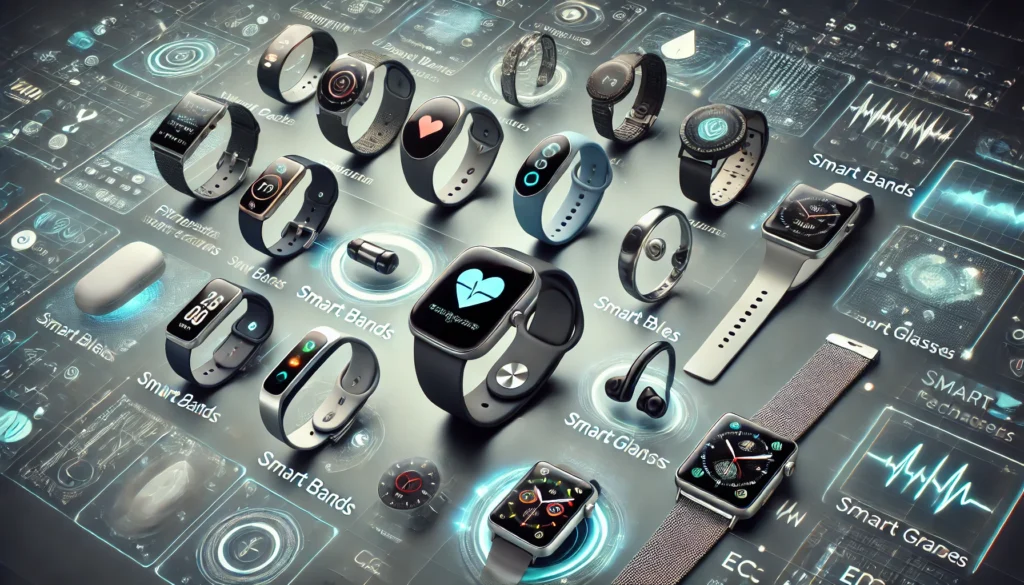/ Jan 30, 2025

Wearables 101: Understanding the Different Types of Devices and What They Do
The wearable technology market has exploded in recent years, with a vast array of devices available to track our fitness, monitor our health, and even control our music. With so many options to choose from, it can be overwhelming to navigate the world of wearables. In this article, we’ll break down the different types of wearables, their features, and what they can do to help you make an informed decision about which one is right for you.
Fitness trackers are the most common type of wearable device. They’re designed to track your daily activity, including steps taken, distance traveled, and calories burned. They often include additional features such as:
Examples of popular fitness trackers include Fitbit, Garmin, and Apple Watch.
2. Smartwatches
Smartwatches are more advanced wearables that combine the features of a fitness tracker with those of a smartphone. They can:
Examples of popular smartwatches include Apple Watch, Samsung Gear, and Fossil Gen 5.
3. Smart Bands
Smart bands are simple, affordable wearables that focus on fitness tracking and notification alerts. They’re often more basic than smartwatches but still offer:
Examples of popular smart bands include Xiaomi Mi Band, Huawei Band, and Amazfit Band.
Smart glasses are wearables that combine the functionality of a smartphone with the convenience of glasses. They can:
Examples of popular smart glasses include Google Glass, Vuzix Blade, and Focals by North.
5. Hearables
Hearables are wearables that focus on audio and hearing health. They can:
Examples of popular hearables include Oticon Opn, Phonak Marvel, and Nuheara IQbuds.
6. Smartwatches with Medical Features
Some smartwatches offer advanced medical features, such as:
Examples of popular smartwatches with medical features include Apple Watch Series 4 and later, Samsung Galaxy Watch Active2, and Garmin Forerunner 945.
Conclusion
With so many types of wearables available, it’s essential to understand what each device can do and what features are important to you. Whether you’re looking for a simple fitness tracker or a more advanced smartwatch, there’s a wearable device out there that can help you achieve your goals and improve your overall well-being. By considering your needs and preferences, you can make an informed decision about which wearable device is right for you.